Bourton-on-the-Water is located in the Cotswolds, within the heart of England, famous for its honey-coloured stone architecture and idyllic village scenes.
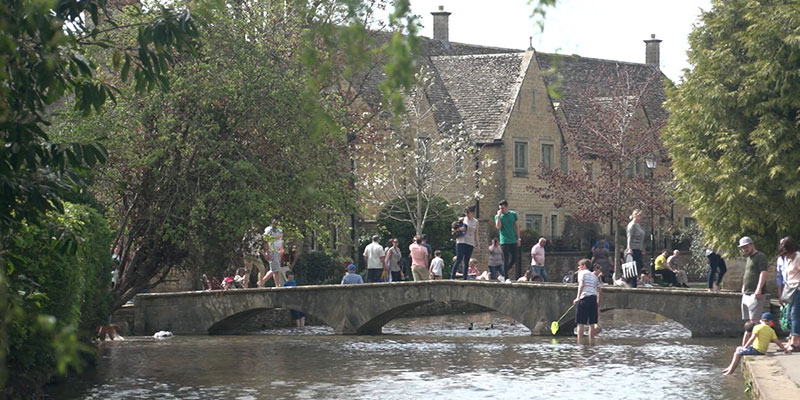
The tiny footbridges give it a magical charm. Bourton is not a theme park, it does not open and close nor is there an entry fee, it is a vibrant village, home to some 4,000 residents, buzzing with many community groups, local events and fantastic small businesses.
Known as the Venice of the Cotswolds, this one village offers a wealth of attractions and shops, restaurants, cafes and tea rooms. Or simply the space for you to enjoy some pleasurable time engrossed by the movement of the sparkling waters of the River Windrush, spanned by its five arched bridges.
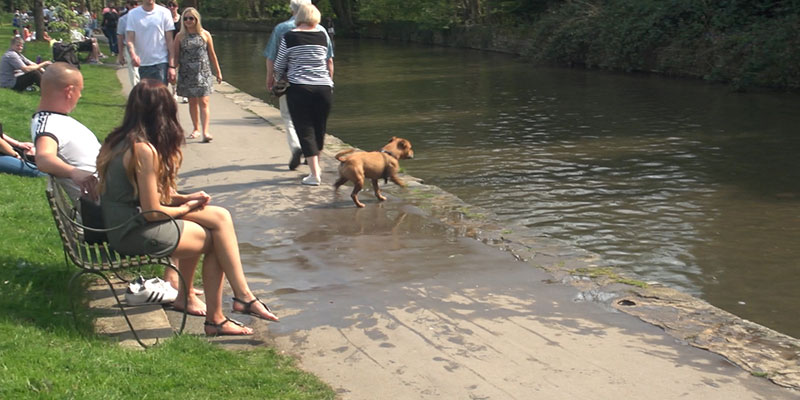
Bourton-on-the-Water’s most prized feature is its tranquil river, the Windrush. Fed from many springs, its source is approximately ten miles from the village, and even in the 1976 drought the flow continued. The Windrush meanders through some of Britain’s most charming countryside where unspoiled fields and natural woodland complement the expression of rural England. Where the river enters the village centre, over the rapids next to the Old Mill, its clear waters flow past the green with its banks of Cotswold stone. The river then travels down to other villages such as Windrush, Burford and Witney where soon after, the Windrush joins the Thames, for its journey to London and the sea.
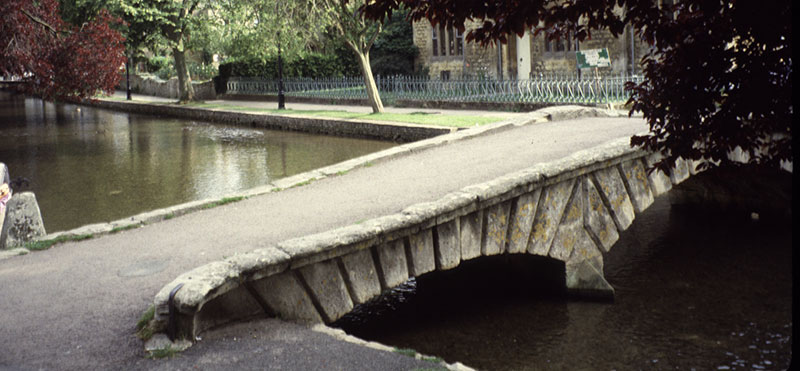
On the western edge of the village lies Bourton Bridge built in 1806 and widened in 1959. An inscription on the downstream side reads: ‘The Fosse Way has passed here since Roman times. Here is Buruhford of Salmonsbury. 8th century AD.’ In the village centre the earliest stone built bridge is Mill Bridge (also known as Broad Bridge) built in 1654 and crossing where one of the fords existed. Following downstream the footbridge in the middle of the village, High Bridge was built in 1756. Further downstream is New Bridge (also known as Moore Bridge) a vehicle crossing, traversing another ford. It was built in 1911 by local benefactor George Frederick Moore who also built the Victoria Hall and our former local Cottage Hospital which is now The George Moore Community Centre in Moore Road. Alongside it is Paynes Bridge, a foot crossing built in 1756.
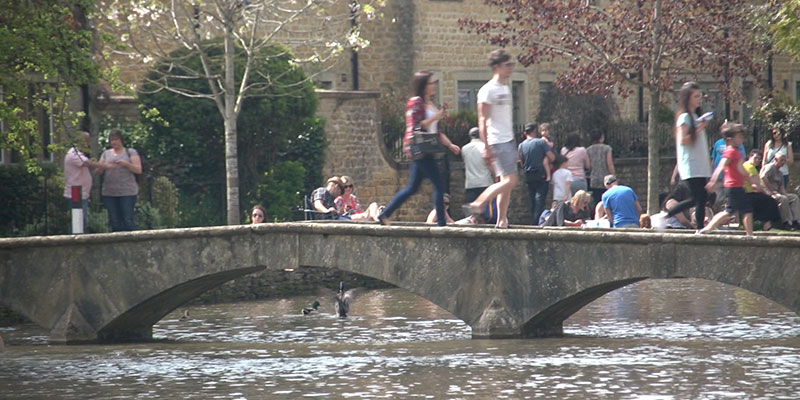
Downstream again, the last and most recently erected footbridge opposite the Old New Inn is Coronation Bridge, built in 1953 to replace a wooden bridge that had been on this site since the eighteenth century but collapsed whilst being crossed by some unsuspecting day visitor! The ford is still in use today.
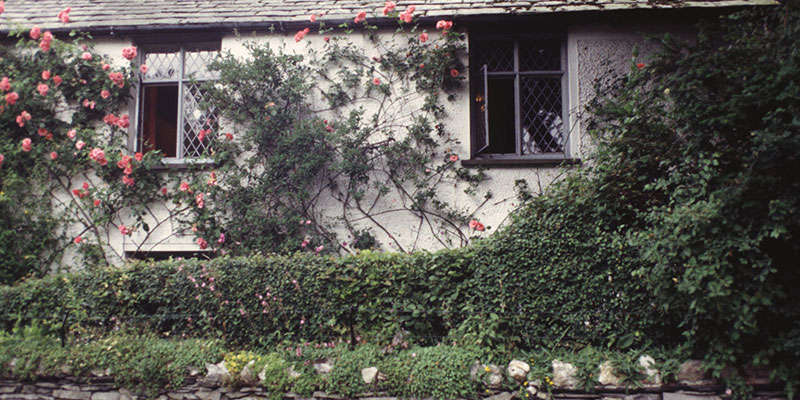
Depending on the seasons, and the day of the week, Bourton-on-the-Water presents many different faces. There are times when the village is as bustling as any seaside resort, usually holidays and sunny weekends! As a rule of thumb, the earlier, or later, in the day you visit, the quieter and more tranquil you will find it.
Regularly voted one of the prettiest villages in England, Bourton-on-the-Water, with its richness of wildlife, history and farming, has a unique, broad and popular appeal to visitors and residents alike. With plenty to see and do, Bourton-on-the-Water offers a wealth of attractions and shops, restaurants, cafes and tea rooms, or simply the space for you to enjoy being outdoors and be captivated by watching the local ducks or looking out for the several species of fish that call the River Windrush home.
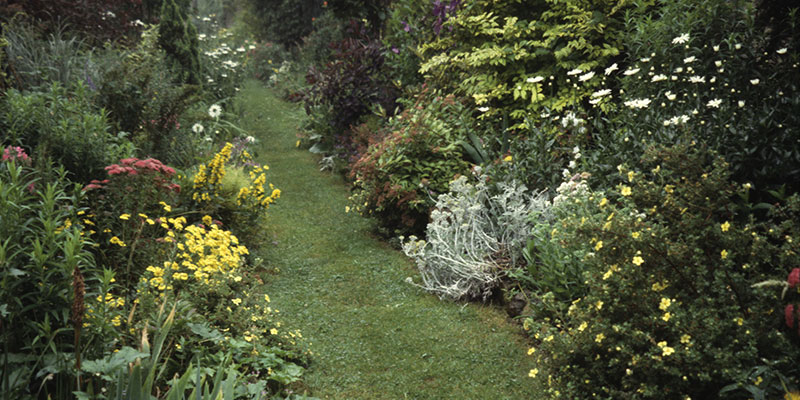
Close by, on the edge of the village, the ancient meadows and rivers of Greystones Farm are home to a diverse range of wildlife. This nature reserve is also the site of the Salmonsbury Camp, a significant meeting place during Neolithic and Iron Age periods and a Scheduled Monument.
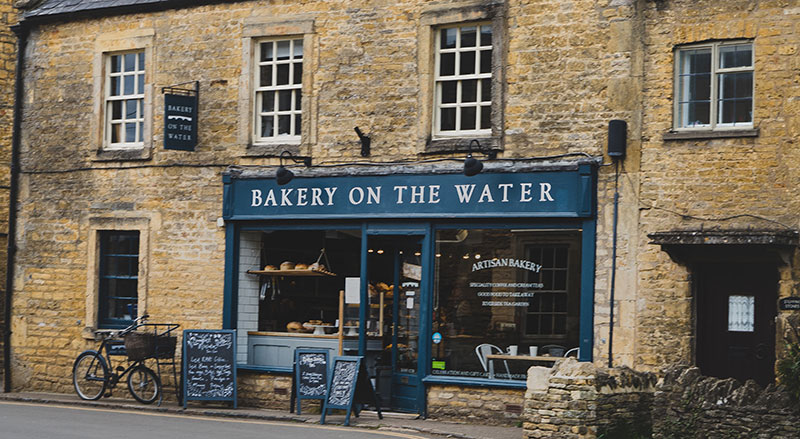
Bourton-on-the-Water makes an excellent base for exploring the North Cotswolds by foot and bike too. The village is an intersection for nine waymarked walking routes including Monarch’s Way and Heart of England Way. It also features a few small circular walking routes for those who seek a more modest, but stimulating, form of exercise whilst enjoying the delights that our gorgeous countryside has to offer.
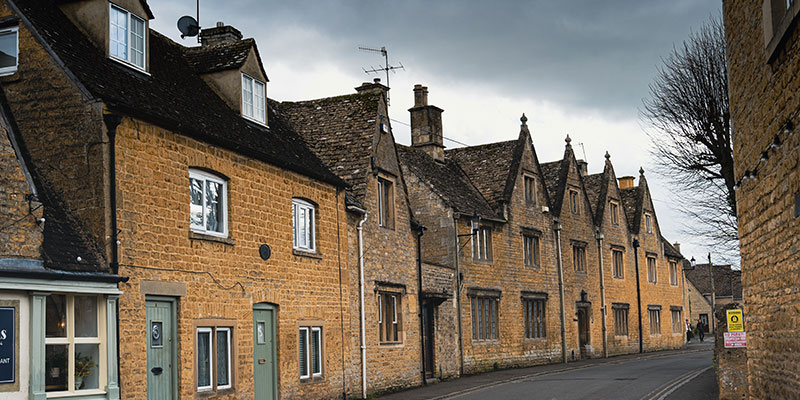
The Cotswolds generally is renowned for its walking trails and here in the Bourton area we have footpaths a-plenty ideal for a gentle amble or a more ambitious hike! Several named paths either start, end or pass through Bourton including waymarked walking routes, e.g. Oxfordshire Way, Monarch’s Way, Windrush Way, Warden’s Way, Donnington Way, Heart of England Way, Macmillan Way and Gloucestershire Way to name just a few. There are also local paths and bridleways which are easily accessible.
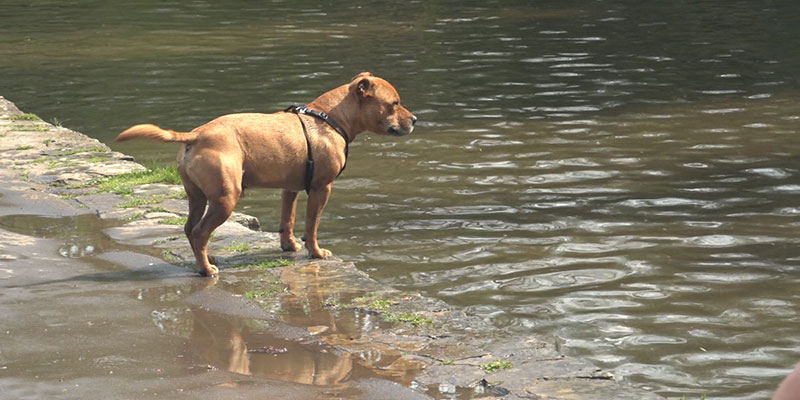
Dogs are often welcome companions on walks and many of the footpaths are ideal for four legs as well as two. You don’t have to do the whole length of any of the walks, just a pick a mile or two depending on your time and ability.
The Model Village is a one-ninth scale replica of the heart of the beautiful Cotswold village of Bourton-on-the-Water. The Model Village is a one-ninth scale replica of the heart of the beautiful Cotswold village of Bourton-on-the-Water, containing all the buildings from the Old Water Mill (now the Car Museum) down to the Old New Inn and the ford.
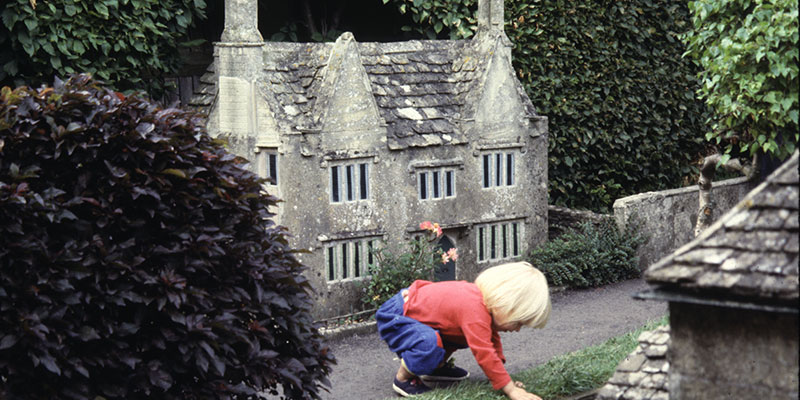
The village was created by a previous landlord of the Old New Inn, taking local craftsmen five years to build, and it was officially opened on the Coronation Day of King George VI and Queen Elizabeth (the late Queen Mother) in 1937. The village is such an accurate replica of Bourton-on-the-Water that is has a flowing river with water wheel, two singing churches and even a model village within the Model Village.
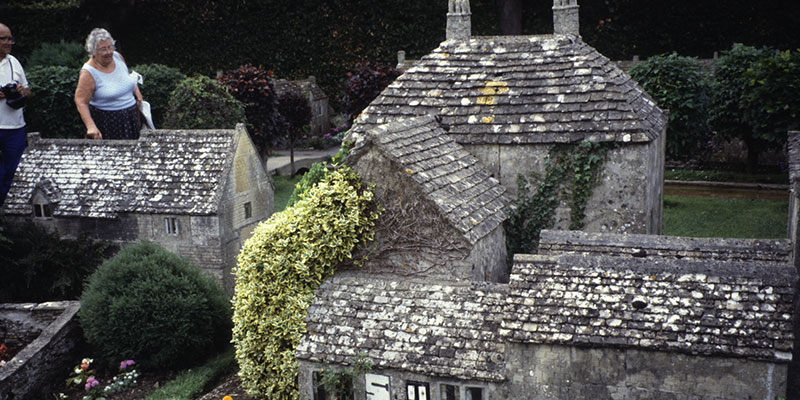
The Model Village is behind The Old New Inn, with which it shares a small car park, alternatively we are within easy walking distance of two large public car parks and the coach park. The Model Village is the perfect place to start your day in Bourton, as here you will discover the location of all the shops and attractions.
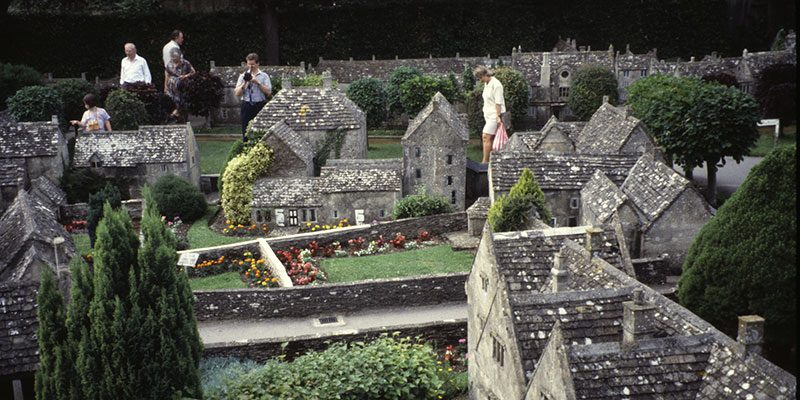
Miniature World – Also at the model village, a unique exhibition of highly detailed miniature scenes and room sets, including several moving miniatures. Over a hundred of England’s leading miniaturist craftsmen and women were involved in the creation of this exhibition. Miniature World can only be accessed from within the Model Village, it is undercover and a small additional admission charge applies.
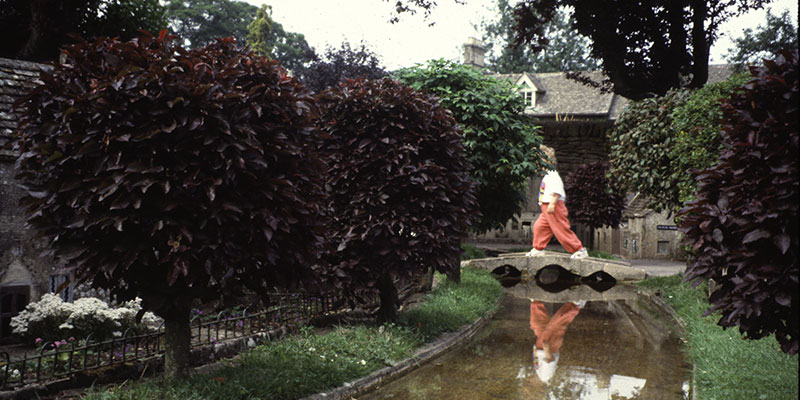
The Model Village is open every day of the year (except for Christmas Day). British Summer Time – 10am to 6pm (Last admission 5.45pm). British Winter – 10am to 4pm (Last admission 3.45pm). An admission charge applies for the Model Village and Miniature World.
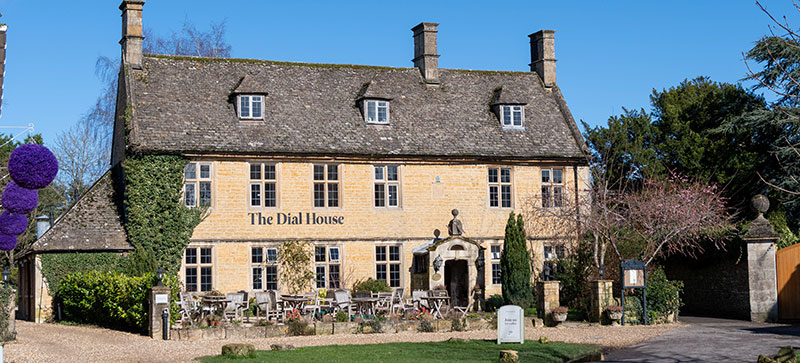
With its enviable position just a stone’s throw off the charming High Street of Bourton-on-the-Water and the calming waters of the River Windrush, The Dial House Hotel offers you a unique way to enjoy life in the Cotswolds. Built in the world-renowned style known as the Cotswold Vernacular, the building dates back to 1698 and is one of the village’s elder statesmen. It has a wonderful character; deep-set stone walls, cosy corners, fireplaces and an individuality that becomes a home from home before you know it.
The earliest evidence of human activity within the Bourton-on-the-Water area was found in the Slaughter Bridge gravel-spread, where Neolithic pottery (dated c. 4000 B.C.) was discovered. Moreover, excavations of the Salmonsbury Camp give evidence of almost continuous habitation through the Neolithic period, the Bronze Age and throughout England's Roman period (c. 43 to 410 A.D.). A Roman road, Icknield Street (also known as Ryknild Street), ran from the Fosse Way at Bourton-on-the-Water to Templeborough in South Yorkshire.
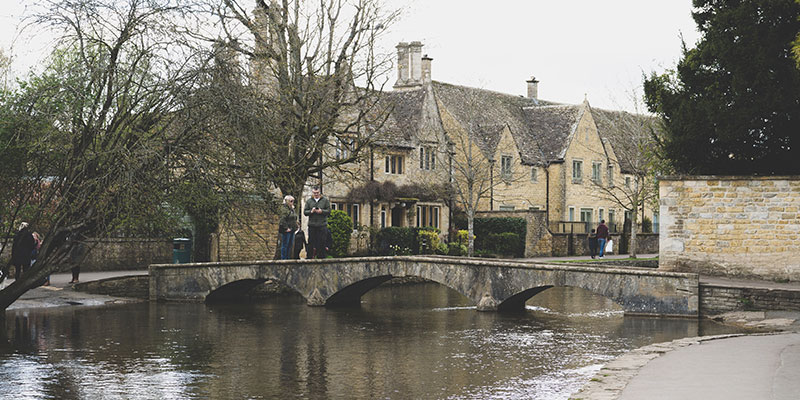
Ancient Roman pottery and coins discovered in the village itself give clear evidence of extended Roman occupation. By the 11th century a Christian church, Norman, was established and the village had developed along the River Windrush much as it is today. Centuries earlier, a Saxon timber church was located on that site in about AD 708, built on the site of an old Roman temple. Some of the St Lawrence church on that site today was built in the 14th century but most of it is from the 17th and 18th centuries.
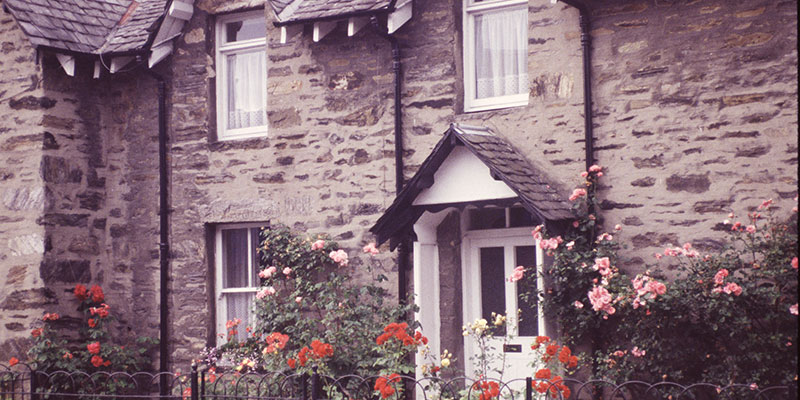
The houses and shops in the village are constructed of the ashlar yellow limestone characteristic of the Cotswolds and they have the embellishments that make Cotswold architecture so picturesque: projecting gables, string-courses, windows with stone mullions, dripmoulds and stone hoodmoulds over the doors.